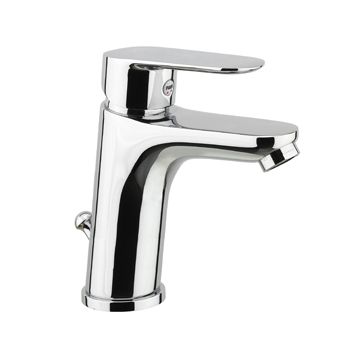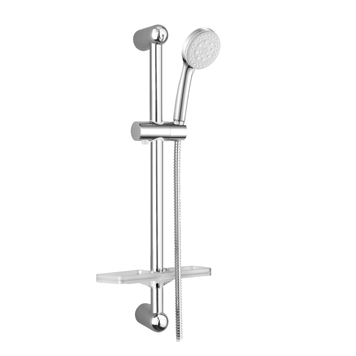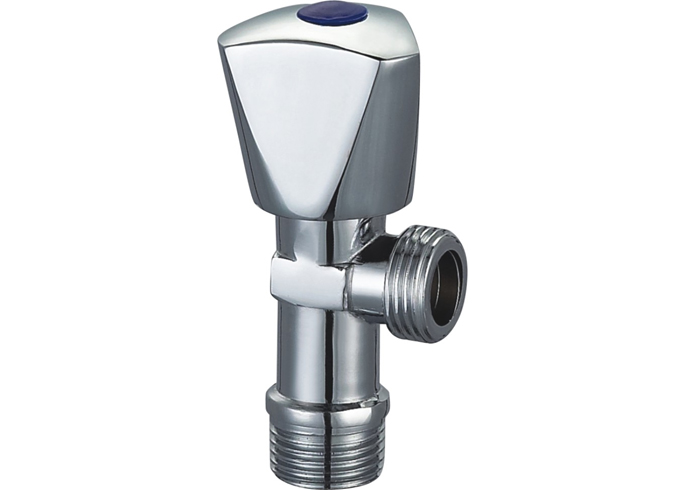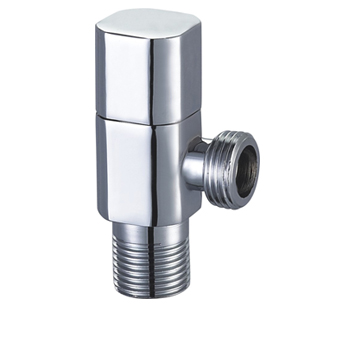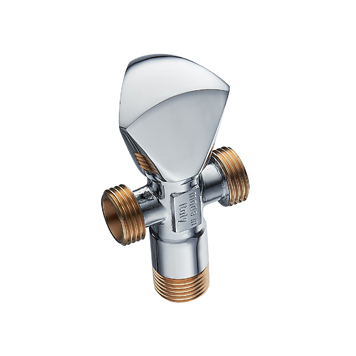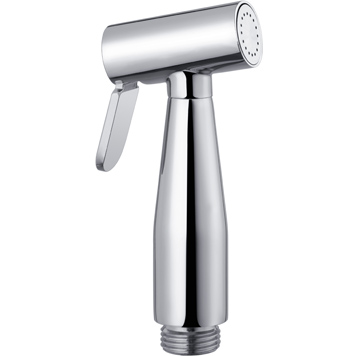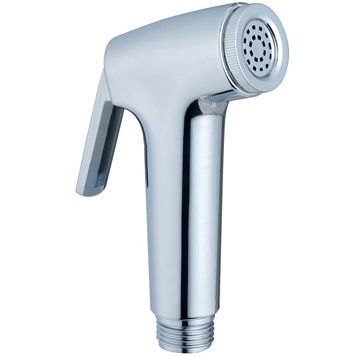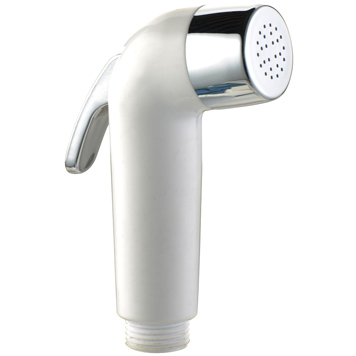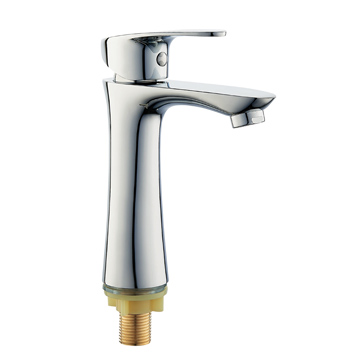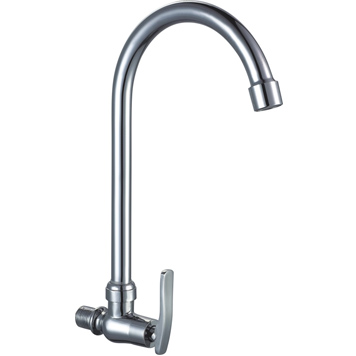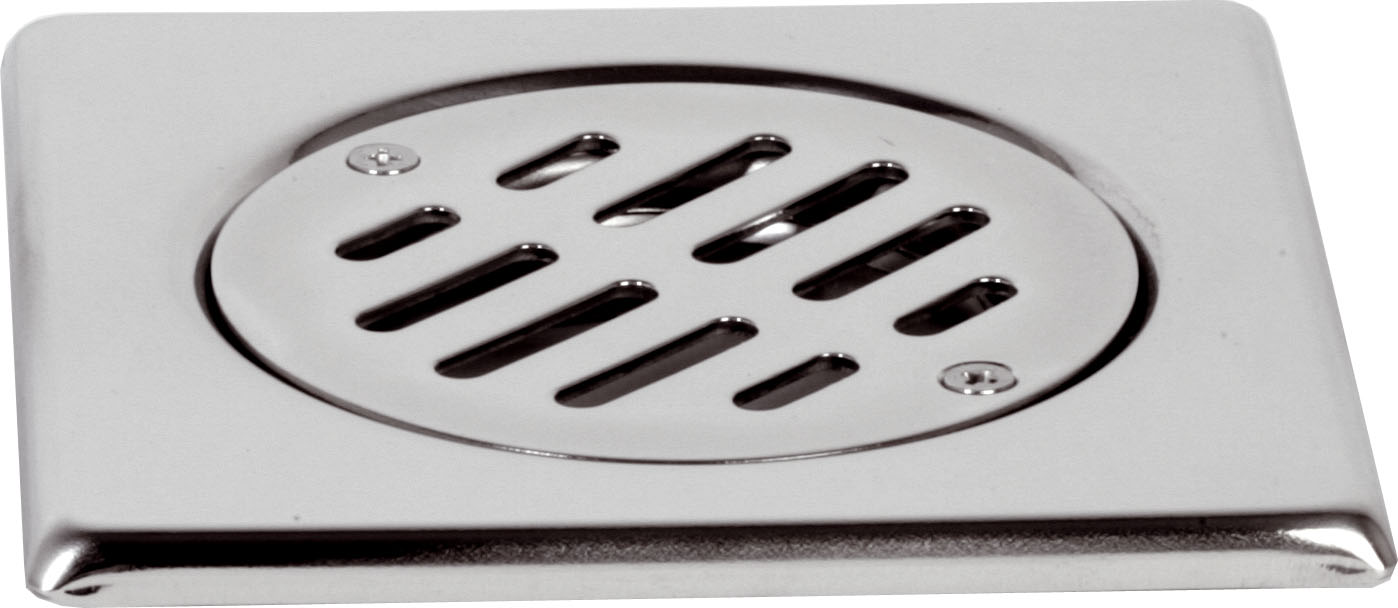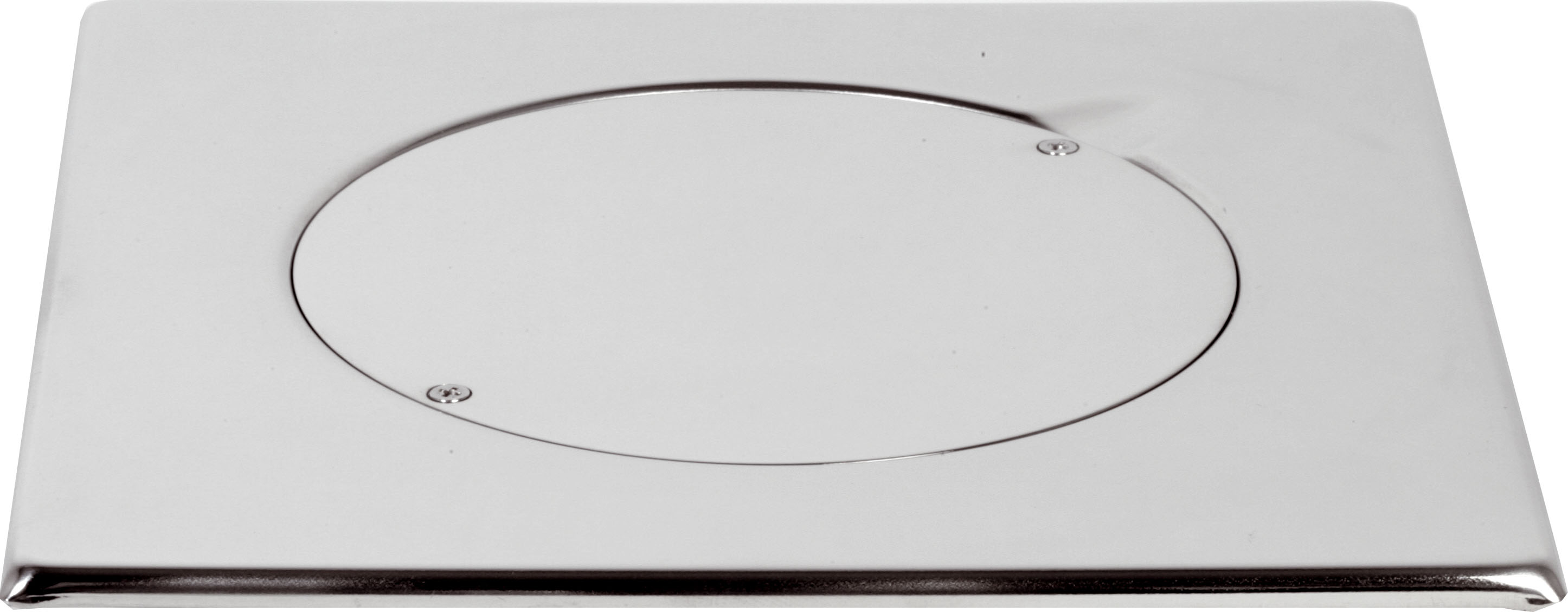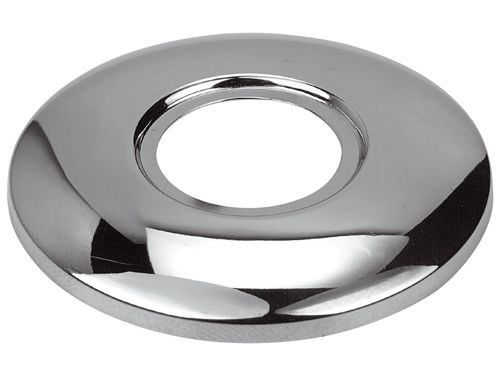Tips to Conserve Water
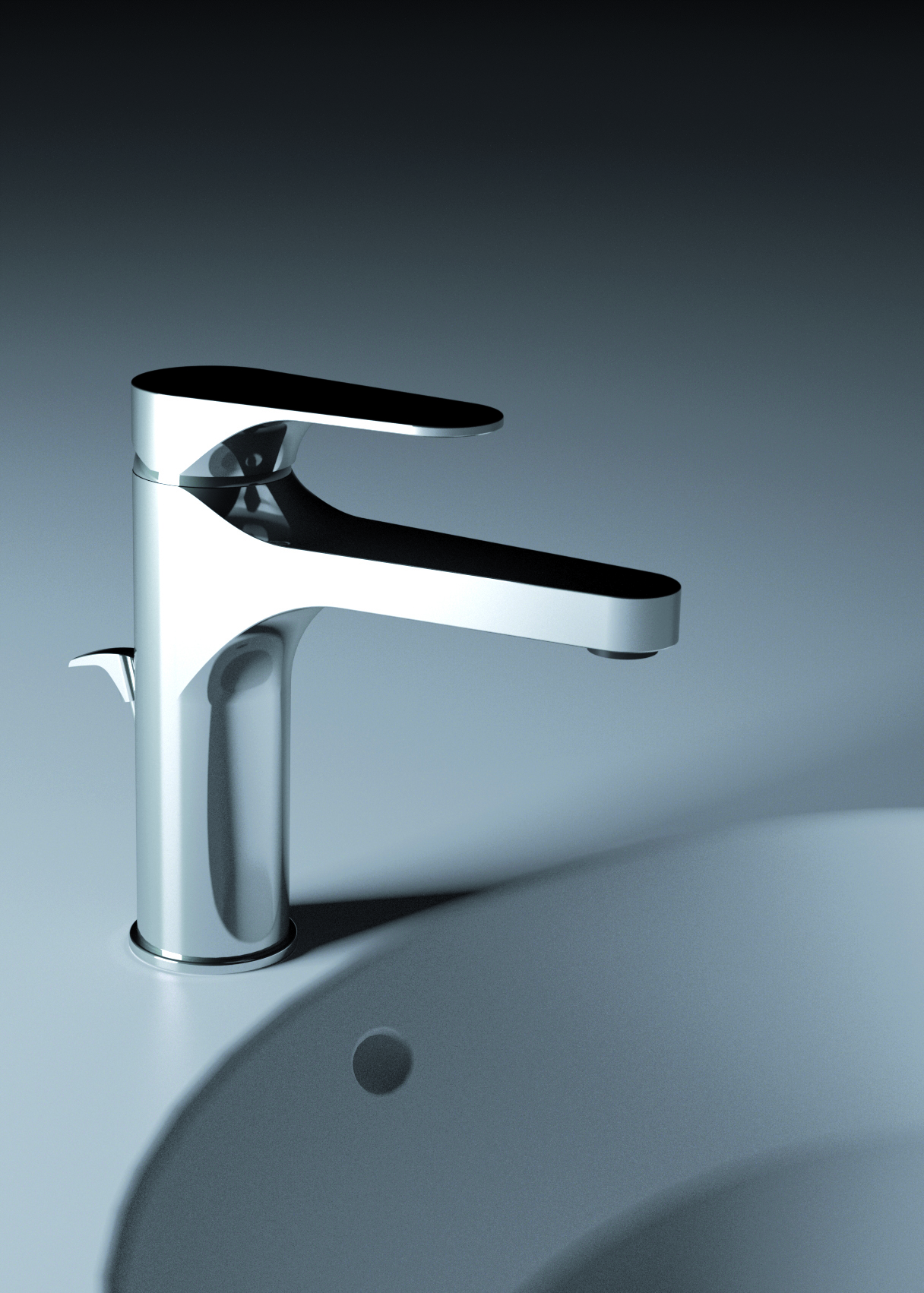
March 8, 2020
The World Economic Forum’s Global Risks 2015 Report listed water crises as the highest impact global risk.
Water is one of the most under prioritized and over abused commodity. While water is central to our lives, it has never been the central point of focus in our urban planning.
The average US household consumes 138 gallons (522 litres) of water a day. Of this, the single biggest use of 33 gallons of water a day (24% of total consumption) is for toilet activities. The next biggest use is the shower, accounting for 28 gallons or 20% of the total water consumption. The faucet takes away 26 gallons or 19% of the total water. The washing machine takes 23 gallons or 17% of water. Leaky toilets, appliances, and faucets take away 17 gallons or 12% of household water consumption. Bathing activities take up four gallons or 3%. The dish waster takes up 2 gallons or1% of the water. The remaining 5 gallons or 4% is for other miscellaneous activities.
While all these are legitimate uses of water, changing water-use habits can reduce the quantum of water consumed considerably, and deliver sufficient savings to mitigate the looming water crisis.
1. Ditch the Flush
Consider the traditional flush that dispenses around six litres of potable water per flush. This is a colossal waste, bordering on irresponsibility in a world starved of freshwater. A simple addition of a ‘water-free’ male urinal in our homes saves about 25,000 litres of water a year! The prod in this direction should come from municipal laws and also education and awareness at schools.
2. Wash Smart
Domestic dishwashing is another big waster of freshwater. A small habit change of not keeping the water running throughout the washing process can itself make a significant saving in water consumption. Waiting for a full load before running the dishwater reduces the average U.S. family’s water consumption by 320 gallons per year. Not pre-rinsing dirty dishes under a running faucet saves extra water. Likewise, using a washing machine only when fully loaded saves water. Avoiding prewash setting on the washing machine saves even more water.
3. Turn off the Faucet
Turning off the water faucet even for short periods leads to substantial savings. Turning off the tap while brushing the teeth of shaving, for instance, saves eight gallons of water every day, on average. Swapping a deep bath for a short shower, turning off the water while lathering, and cutting one minute off the normal accustomed-to shower time, all reduce water consumption significantly.
4. Fix the Leaks
Water leaks in homes, public areas and colonies are commonplace. The small drips of water from that leaky faucet add up over time to a whopping loss of 226,800 litres of water every year! Fixing a leaking tap promptly could save up to 5,500 litres of water a year. The US Environmental Protection Agency estimates installing water-efficient fixtures and appliances to cut water consumption by 20%.
4. Adopt Smart Conservation Technology
There are smart solutions to conserve water a well. Installing a rainwater harvesting facility for every house or colony itself reduces the water demand significantly. Recycling wastewater by treating it and using it for non-drinking purposes such as flushing and gardening further eases the demand for water. Several low-cost technologies exist for such purposes.
Over the
annals of history, civilizations have been born and lost because of water. The
early societies understood the importance of water and planned their lives
around it. If we do not study from history, we are doomed to repeat it. We need
to take advantage of the infinite amount of knowledge at their disposal, not available
to their predecessors and plan our societies around sustainable use of water.

Sanitar believes in continuous improvement, hence reserves the right to make change without any notice. The specifications, designs and information in this site are subject to the actual products.





Zircon International Trading LLC
PO Box: 91786,
Ras Al Khor Rd - Dubai, U. A. E
Ayoun Al Sunaina LLC
PO Box: 3170, PC 111
Muscat, Sultanate of Oman

+971-43232657
+971-43232658
Policy | Terms & Conditions | © 2019 SANITAR M.E. All rights reserved. I Webdesign : donboscoimage





